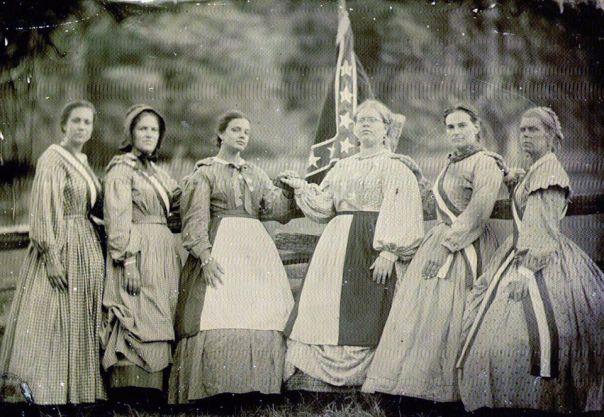
A
very popular book in the North, Sherman’s (1875) Memoirs went far to
further exacerbate sectional hatred as he condemned the South and “took
an almost lustful pride in describing the tremendous power his hand had
wielded in spreading terror and destruction.”
Bernhard Thuersam, Chairman
North Carolina War Between the States Sesquicentennial Commission
"Unsurpassed Valor, Courage and Devotion to Liberty"
"The Official Website of the North Carolina WBTS Sesquicentennial"
A Bitter Road to Forced Reunion
“If
the [Southern] prisons constituted a Northern grievance the South
likewise had its hurtful memories. While Northerners blamed the evil
genius of slavery for the war, Southerners [like Major T.G. Barker
speaking in Charleston in 1870:] pointed the finger of responsibility to
“those men who preached the irrepressible conflict to the Northern
people” and “helped to bring on that unlawful and unholy invasion of the
South.”
The
South felt that it had been betrayed. [The Southern Review in 1867
said:] “Assuredly the subjected portions of this imperial republic (so
called), with the bitter experience they have of outraged honour,
justice, and humanity, on the part of those once their associates and
friends, can never again by any possibility trust that vast engine of
tyranny, a consolidated popular Union, nor derive from it one ray of
hope for their own welfare, or for the happiness of mankind.”
It
was to this “deep spirit of hate and oppression toward the Southern
people,” and not to the necessities of war, that the South attributed
the vast destruction of its property.
The
ineradicable sense of injury felt by the South took concrete form in
condemning the ravages committed by General Sherman’s army in Georgia
and South Carolina. “No tongue will ever tell, no pen can record the
horrors of that march,” wrote an intimate associate of General Joseph E.
Johnston whose surrender to Sherman is sometimes pictured as a love
feast.
“Ten
generations of women will transmit, in whispers to their daughters,
traditions of unspeakable things.” The hurt was accentuated by Northern
pride in the achievement. The South resented the arrogant and jeering
tone of the song, “Marching Through Georgia,” and bridled when Northern
orators described Sherman’s army going through the conquered land “like a
plow of God.” Sherman personified all that the South had suffered.
The
most contentious bone . . . was the destruction of Columbia. Sherman’s
own defense was to blame General Wade Hampton . . . [and] the charge
was made deliberately in Sherman’s official report. “I did it,” he
later wrote, “to shake the faith of his people in him, for he was, in my
opinion, a braggart, and professed to be the special champion of South
Carolina.”
[The
South] cherished a hateful image of the martyred Lincoln . . . who
carried out in action his prophesy of war and destruction. He and his
Cabinet, wrote the Southern Review, had a “perfect comprehension of the
passions, prejudices, susceptibilities, vices and virtues . . . of the
people upon whom they had to practice. They knew every quiver of the
popular pulse . . . They were masters of every artifice that could
mystify and mislead, and of every trick that could excite hope, or
confidence, or rage . . . They filled their armies, established their
financial system, controlled the press, and silenced opposition, by the
same ingenious and bold imposture.”
The
South sneered at a North which observed the Fourth of July and “at the
same time denounced as damnable heresy the doctrines of the Declaration
of Independence.” When Chicago was destroyed by fire in 1871 it was
considered . . . [a] demonstration of Divine vengeance,” because it had
been in Chicago that “the rowdy Lincoln, the prime agent of our woes,
was nominated.” [After the death of] General Custer in the massacre of
1876, it was remembered in Virginia that the gallant martyr of the
Little Big Horn was also the Custer who had executed seven captured
Confederates of Mosby’s command without treating them as prisoners of
war.”
(The Road to Reunion, Paul Buck, Little, Brown and Company, 1937, pp. 48-49; 52-55)




